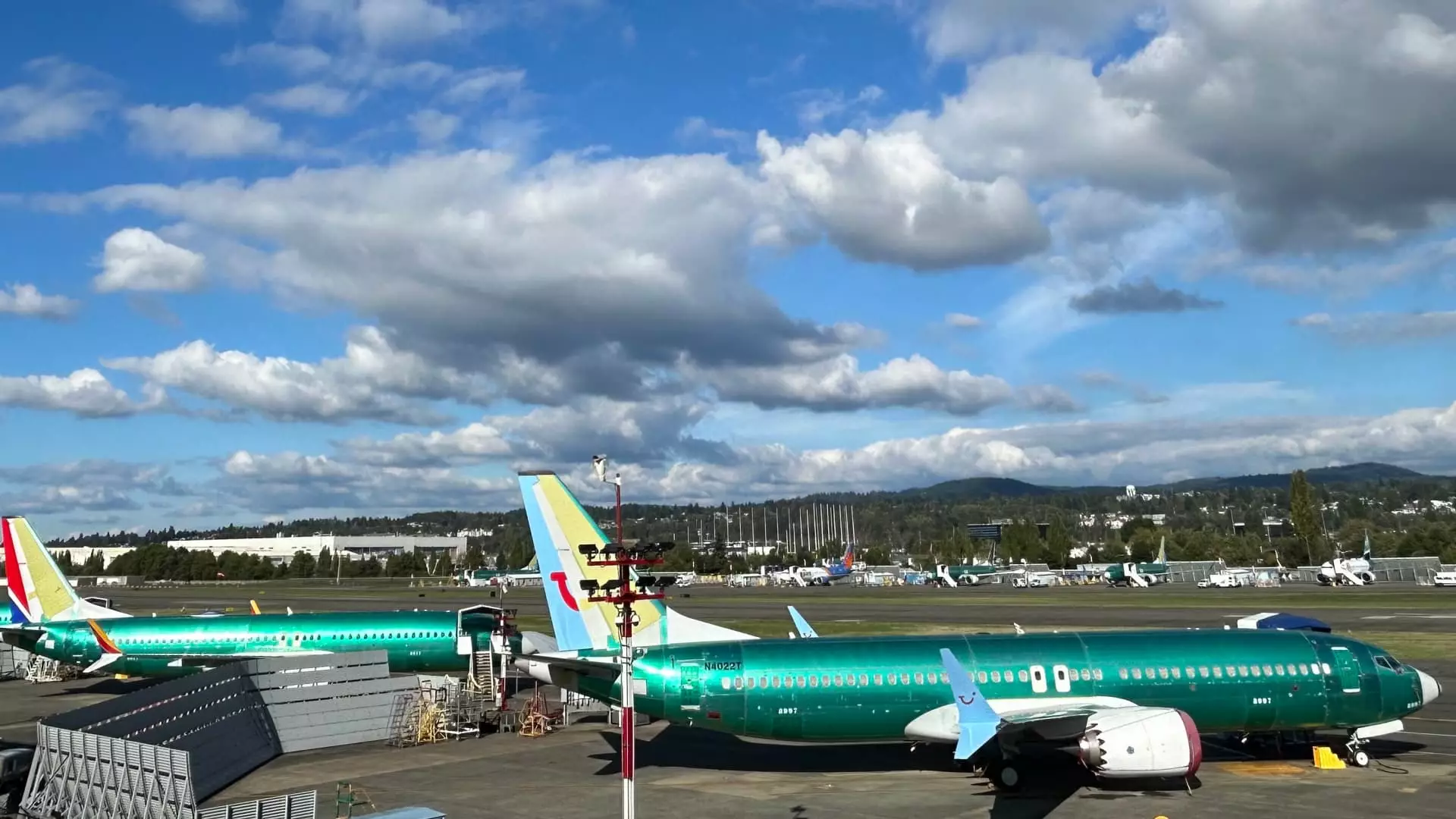The saga of the new Air Force One has become a symbol of frustration for President Donald Trump as he confronts significant delays associated with the Boeing 747 jets intended to serve as the official presidential aircraft. Initially negotiated at a staggering $4 billion during his first term, these jets are now facing substantial cost overruns, accumulating to over $2 billion. As the clock ticks ominously, the timeline for delivery remains uncertain, potentially extending beyond his current tenure in office. This complicated scenario brings into sharp focus the nuances of government contracting, the pressure of high expectations, and the tumultuous relationship between a president and a corporate giant.
The delays surrounding the new Air Force One planes resonate beyond mere logistical issues. They reflect a broader reality faced by aviation manufacturers, particularly as Boeing navigates the turbulent waters of post-pandemic recovery. Months following the onset of COVID-19, demand surged unexpectedly, exacerbating existing supply chain challenges. For Boeing, the combination of programmatic delays and rushed demands has created a perfect storm of inefficiency, further intensifying frustration among stakeholders, including the White House.
The recent admission by Kelly Ortberg, CEO of Boeing, is particularly noteworthy. Speaking at a Barclays industrials conference, he acknowledged the president’s discontent with the aircraft delivery timeline and underscored the vital role played by Elon Musk. The involvement of Musk, the controversial yet brilliantly innovative CEO of SpaceX, adds an intriguing layer to this narrative. His push for streamlined processes could potentially overcome bureaucratic tangles and expedite development. However, one must question whether this reliance on an outside figure is indicative of deeper issues within Boeing’s own management structure.
Faced with mounting frustrations regarding Boeing’s timelines, President Trump has hinted at exploring alternative solutions. In an impromptu remark aboard the current presidential 747, he floated the idea of acquiring an aircraft from a different source. The option of purchasing a plane or leasing one presents a possible short-term fix to an enduring dilemma. However, such a decision could carry significant ramifications for long-term relations with Boeing, especially in light of their ongoing contractual obligations.
The notion of sourcing an alternative plane demonstrates the intersection of presidential accountability and corporate performance. Might this be a calculated political maneuver to divert blame from Boeing or an earnest attempt to find practical solutions? The dichotomy illustrates the challenges of modern governance, where timelines are rooted in the ever-shifting dynamics of business and politics.
Boeing’s difficulties, while acutely felt at the level of presidential aircraft, echo a larger pattern observed throughout the commercial aviation sector. Many airlines are currently navigating delays and production setbacks amid a recovering travel economy. United Airlines’ CFO Mike Leskinen leveraged recent sentiment at the Barclays conference to express renewed optimism, believing that Boeing is regaining its footing as a reliable supplier for their MAX aircraft. Such affirmations reflect a cautious but hopeful acknowledgment that the aerospace giant has the potential to recalibrate its operations effectively.
However, optimism should be tempered with caution, especially considering Boeing’s troubled history. Just a year ago, catastrophic failures and boardroom upheavals within the company raised questions about its management and product reliability. The emergence of constructive leadership under Ortberg offers a tentative promise that improvement could be on the horizon, yet skepticism persists among observers who have witnessed past missteps.
The current impasse regarding the new Air Force One aircraft underscores the complexities of interrelations between government and industry. The stakes are exceptionally high, not only for the president and Boeing but for the American aerospace sector as it seeks to rebound from challenging times. Achieving a balance between innovation and execution will prove essential for Boeing to restore confidence in its capabilities while simultaneously ensuring that the demands of the highest office in the land are met in a timely and satisfactory manner.


Napsat komentář